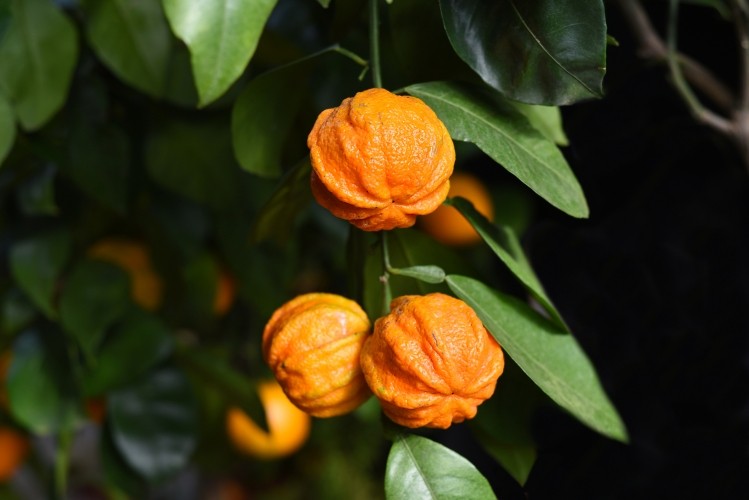Study finds no fat burning effect of p-synephrine in healthy active women

“An acute intake of 3 mg/kg of p-synephrine before exercise did not modify energy expenditure and substrate oxidation during submaximal aerobic exercise in healthy active women,” the study authors wrote.
“This outcome is contradictory to previous literature on male participants and mixed samples of men/women where a similar dose of p-synephrine increased fat oxidation rate during aerobic exercise of low-to-moderate intensity.”
Published in the Nutrients journal, the study was funded by a Francisco de Vitoria University grant.
p-synephrine and fat burning
The principal alkaloid of bitter orange (Citrus aurantium), p-synephrine gained popularity following the 2004 FDA ban on ephedra for posing unacceptable health risks. Similar in structure to ephedrine, p-synephrine is now widely used as a thermogenic and adrenergic agent in weight loss and sports performance products to boost metabolism, increase fat burning and control appetite.
The Spanish researchers referenced previous studies that found that the intake of 2–3 mg/kg of p-synephrine raises fat oxidation rate during exercise of low-to-moderate intensity but noted that they were carried out largely on male participants.
“Hence, it is unknown whether acute p-synephrine intake may have the same impacts on fat oxidation during exercise in women as reported in men,” they wrote.
Sports organizations including the National Collegiate Athletic Association and National Football League have flagged p-synephrine as prohibited substance due to its stimulant properties.
Study details
The double-blind, randomized trial administered either 3 mg/kg of p-synephrine or a 3 mg/kg of a cellulose placebo to 18 healthy recreationally active women between the ages of 18 and 40 years.
Participants then performed two identical exercise trials consisting of a ramp test (from 30 to 80% of maximal oxygen uptake; VO2max) on a cycle ergometer while substrate oxidation rates were measured at each workload by indirect calorimetry. Urine samples were collected 60 minutes after ingestion and prior to work out to determine concentrations of p-synephrine and 4-hydroxymandelic acid.
“Interestingly, the values of urinary p-synephrine were half the value of the ones found in urine samples of elite sprinters (11 men and 2 women), while the concentration of 4-hydroxymandelic acid was 30 times lower in our sample of women participants, with respect to the values found in mixed-gender sprinters,” the study noted.
In comparison to the placebo, the intake of p-synephrine increased resting tympanic temperature with no effect on resting heart rate and systolic and diastolic blood pressure. During exercise, there was no significant effect of p-synephrine on fat oxidation rate, carbohydrate oxidation rate, energy expenditure rate, heart rate and participant’s perceived exertion. The maximal rate of fat oxidation with placebo was similar with p-synephrine.
“It is likely that the p-synephrine-induced effect on increasing resting tympanic temperature hindered the effect of this substance in women,” the researchers wrote, noting that the study carefully controlled for menstrual cycle phase.
“Additionally, p-synephrine induced some side effects for the 24 h after ingestion which adds to the hypothesis that the physiological responses to this substance may have some sex-specific features.”
Contrary to the investigations in men, women reported higher irritability and gastrointestinal distress with p-synephrine compared to placebo, a secondary outcome that the study included as novel finding.
Source: Nutrients 2022, 14, 4352
“Effect of p-Synephrine on Fat Oxidation Rate during Exercise of Increasing Intensity in Healthy Active Women”
doi: doi.org/10.3390/nu14204352
Authors: Jorge Gutiérrez-Hellín et al.














